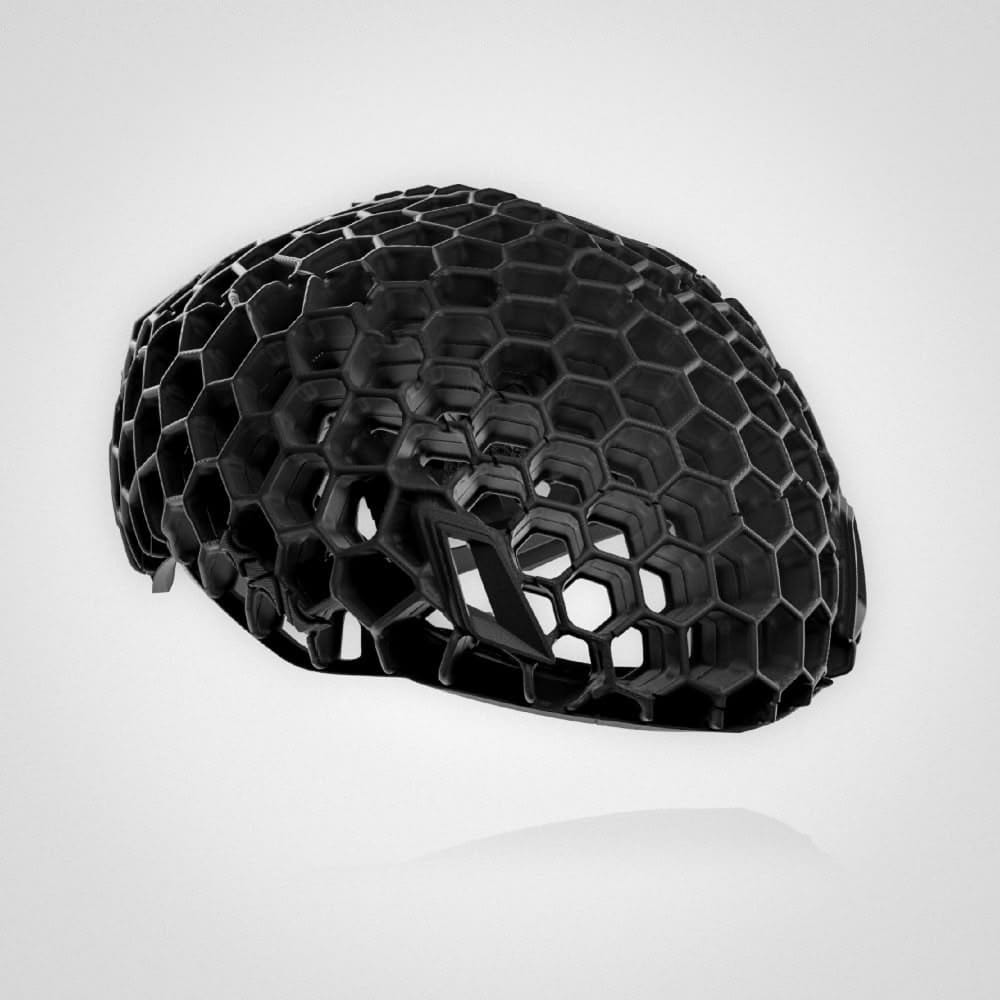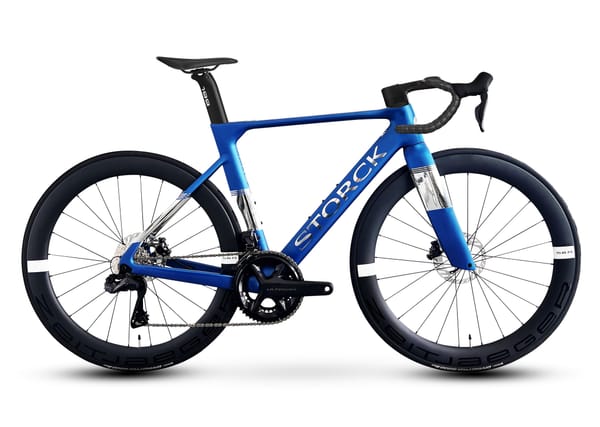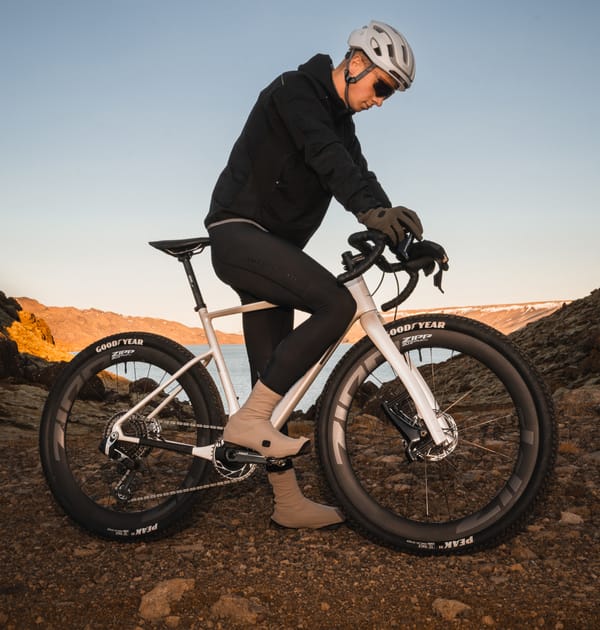Beyond S, M, L: The Promise of a 3D-Printed, Custom-Fit Helmet
A deep dive into the KAV Rhoan CORE, a 3D-printed helmet that’s custom-fit to your head, blending benchmark safety, aero, and cooling in one new design.

I’ve been staring at helmet sizing charts for what feels like decades. My head circumference is always, without fail, on the bleeding edge between a "Medium" and a "Large."
Go with the Medium, and I get that tell-tale pressure point on my temples after an hour, a subtle headache that just... lingers. Go with the Large, and I have to crank the retention dial to its absolute limit, feeling the helmet wobble slightly on rough roads and looking, frankly, a bit like a mushroom. It’s the "bulbous" look. If you know, you know.

We’ve been conditioned to accept this. We pick the closest fit from a handful of sizes designed for a statistically average head, and we just sort of... settle.
That's why this KAV Rhoan CORE helmet has been rattling around in my head. I’m fascinated by the premise. They aren't asking "What size are you?" They're saying, "Let's make a helmet for your head." They’ve thrown out the sizing chart entirely.
The whole concept starts with a custom fit process, after which they 3D-print a helmet built to the specific contours of your skull. This isn't just about adjusting a plastic cradle inside a standard shell; it's about the shell itself being unique. The idea of an "unshakeable, pressure-point-free fit" sounds less like a marketing bullet point and more like the solution to a problem I’ve had my entire cycling life.
But what really gets me is how they're doing it. The core of the helmet (pun intended) isn't the familiar expanded polystyrene (EPS) foam we've been strapping to our heads for ages. Instead, it’s a 3D-printed, dual-density hexagonal lattice.

This honeycomb structure is where it all comes together. It’s a brilliant piece of engineering because it solves three distinct problems with one single structure.
First, there's safety. This honeycomb lattice is designed to optimize impact absorption. But more interestingly, KAV has integrated the rotational protection into the structure itself. It's a "shear layer" that allows the inner and outer portions of the lattice to move independently during a crash. It’s essentially MIPS, but not as a separate, tacked-on liner; it's a fundamental property of the helmet's main component. That single design choice earned it a Virginia Tech 5-Star rating, which is the gold standard.
Second, there's the cooling. This is the traditional trade-off, right? Aero helmets are fast but hot. Vented helmets are cool but slow. The Rhoan CORE's open lattice structure inherently allows for massive airflow. But KAV claims the material itself, a "PolyCarbon Composite," wicks heat 8 times better and cools twice as fast as EPS foam. They’ve even engineered the rear exhaust ports to create a Venturi effect, actively pulling air through the helmet instead of just letting it pass over.
And that brings me to the third piece: aerodynamics. A custom fit, by its very nature, means a smaller-profile helmet. There's no wasted space, no "bulbous" shell to accommodate a one-size-fits-all liner. The helmet is only as big as your head, plus the protective structure, needs it to be. KAV claims it rivals top-tier aero lids like the Specialized S-Works Evade 3, which is a big claim. But it's plausible, precisely because it’s custom. A perfect fit is an aero gain.
What I find most compelling, though, is the simple elegance of the "Air Fit Suspension System." The custom-printed structure apparently suspends the helmet just slightly off the scalp. This eliminates hot spots and creates a continuous channel for air to move all around your head. It’s a holistic system where the fit, the cooling, and the safety are all interconnected results of a single manufacturing process.
This feels like a glimpse into the future of performance gear. We're slowly moving away from the compromises of mass production and into an era of mass customization. We've seen it with 3D-printed running shoe midsoles and custom-molded bike saddles, and now it’s here for the single most important piece of safety equipment we own.
Of course, there's a "catch." The price is $300, which is steep, but it’s squarely in line with every other top-of-the-line aero helmet on the market—none of which are custom-made for me. The real "price," it seems, is patience. The production time is currently 6 to 8 weeks.
And yet, I find that part of it strangely appealing. It’s not an impulse buy I grab off a shelf. It’s a piece of personal equipment, made to order. For something as critical as a helmet, the idea of a perfect, personalized fit—one that is safer, more comfortable, and potentially faster because it’s mine—makes a six-week wait feel entirely reasonable.







